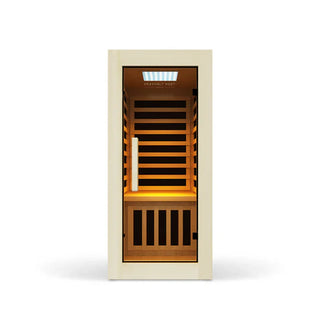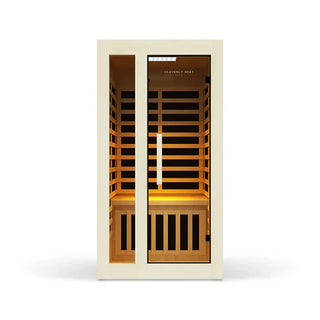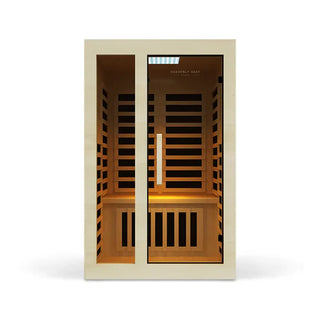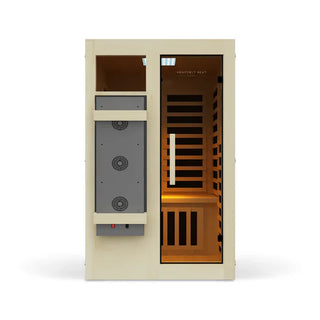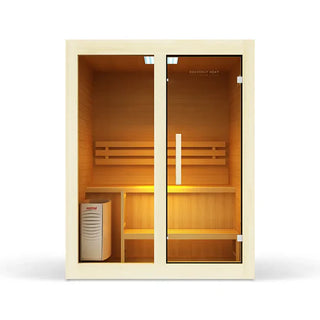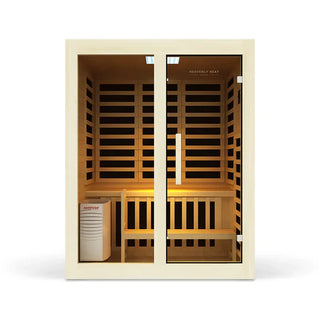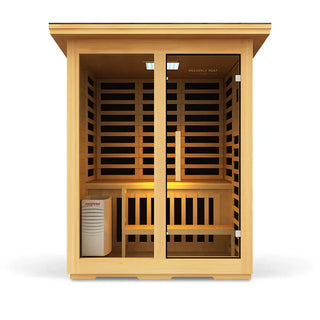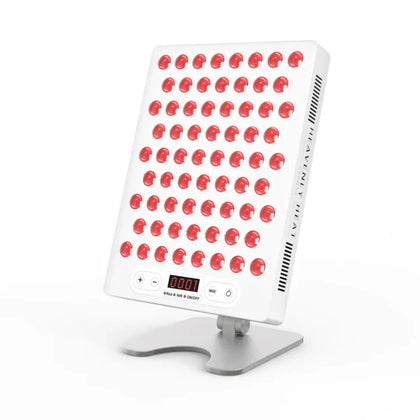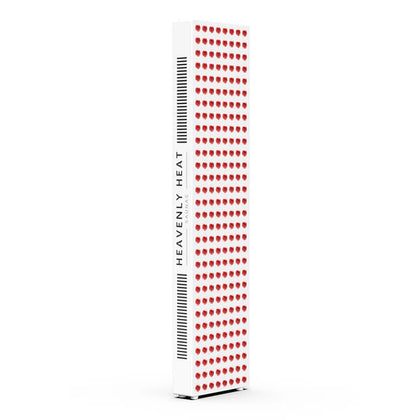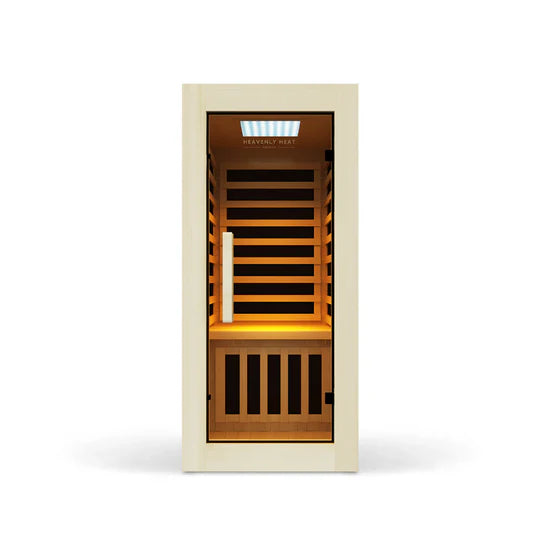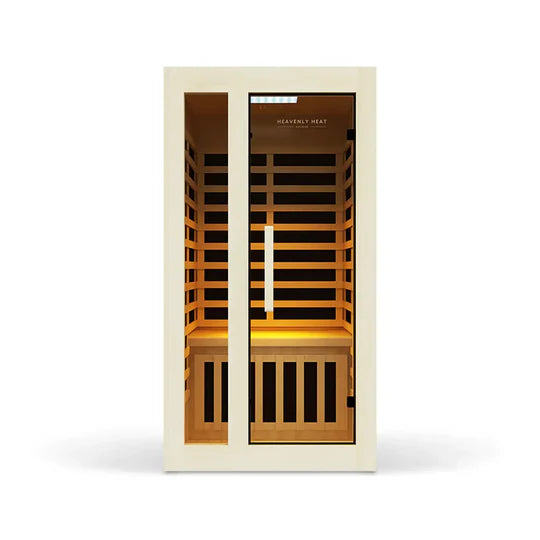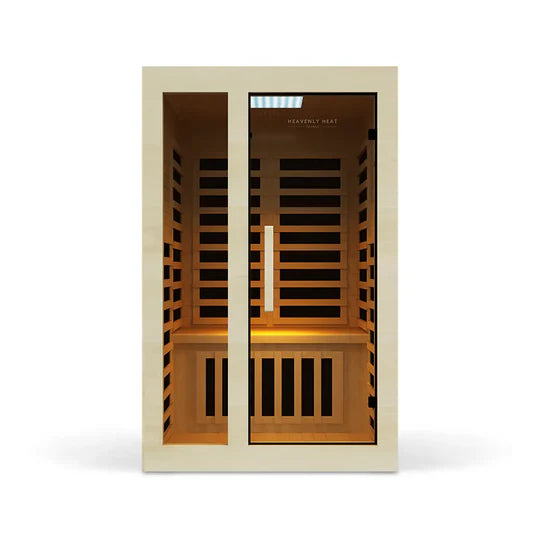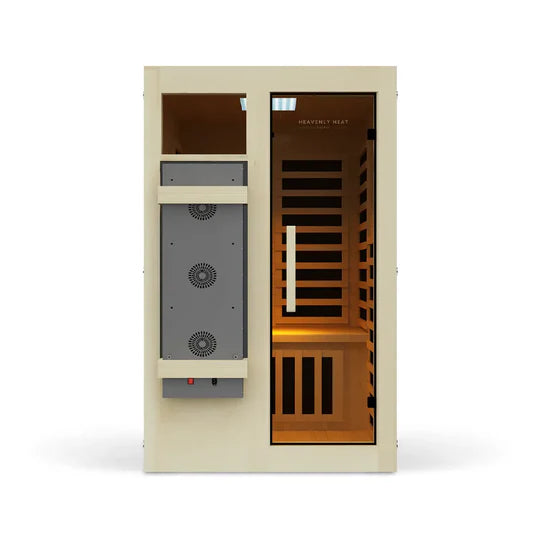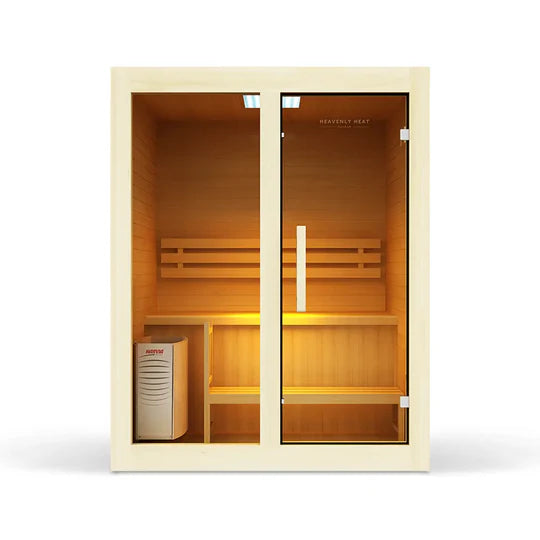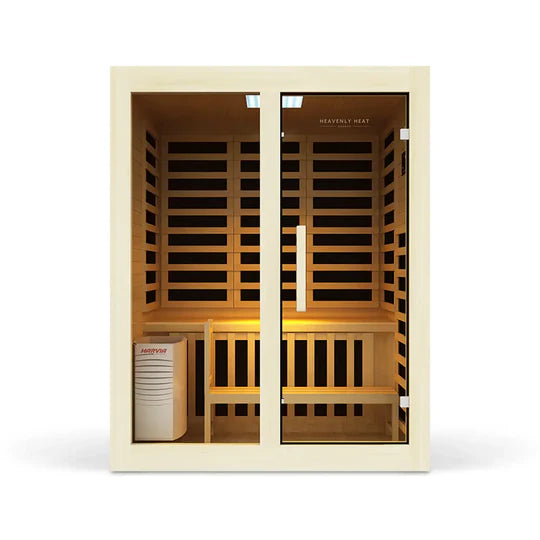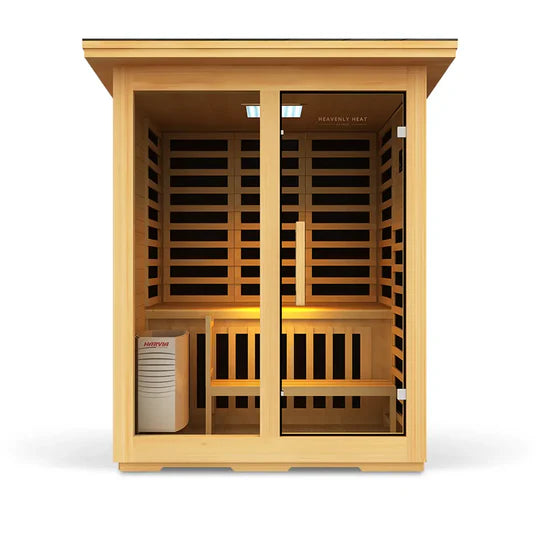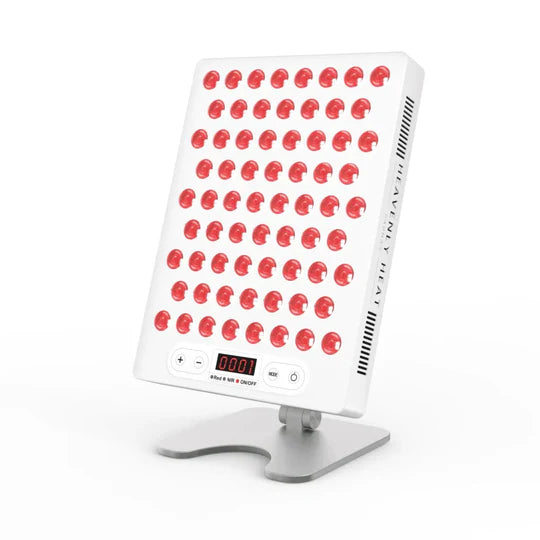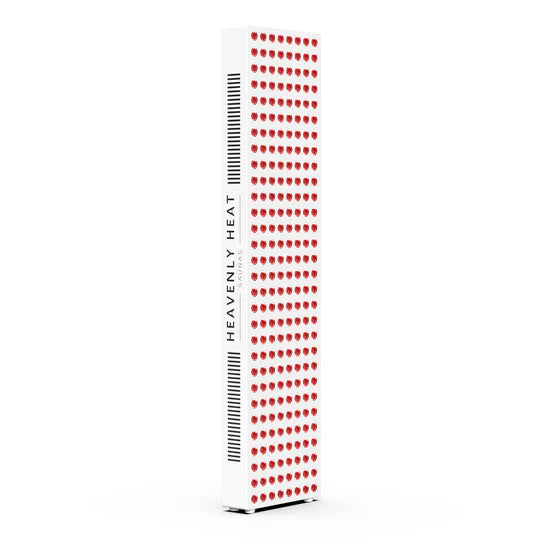10 Tips for Safely Putting an Infrared Sauna on Carpet
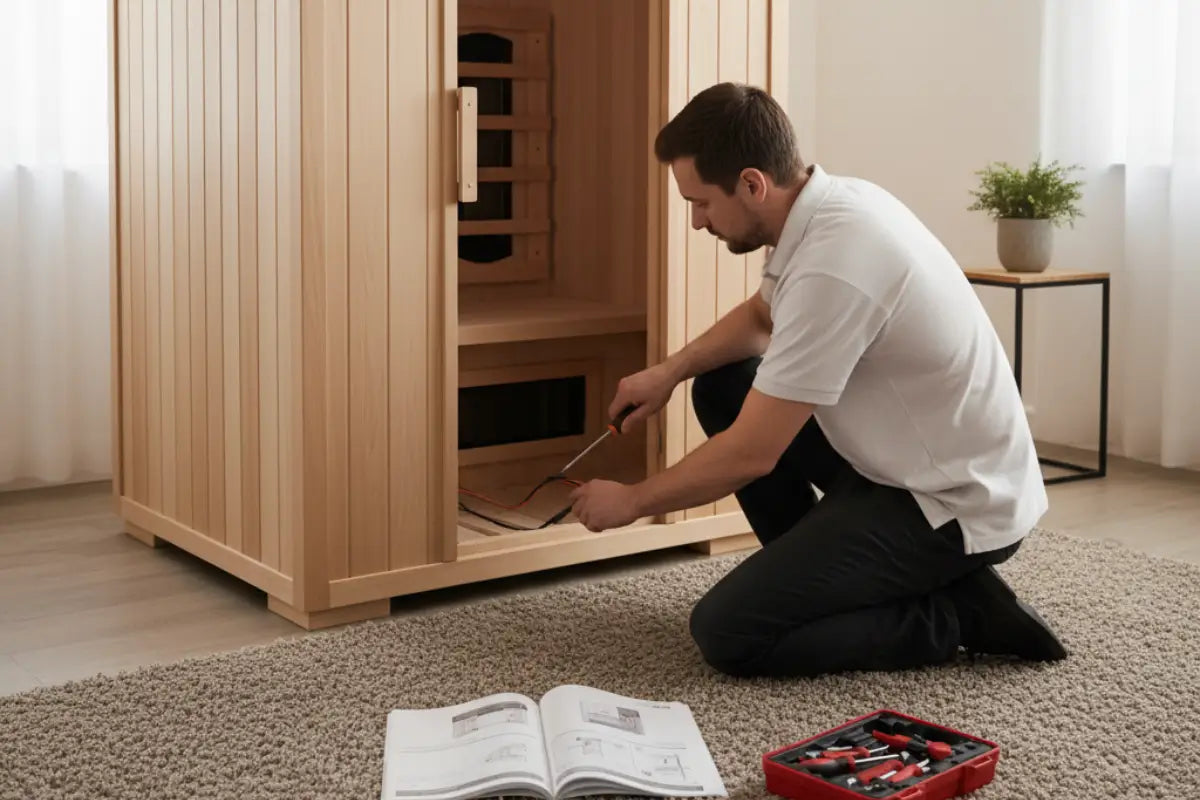
Setting up an infrared sauna at home sounds relaxing, but placing it on carpet can bring hidden risks.
Heat, moisture, and limited airflow can damage your flooring, create odors, or even spark safety hazards.
In this guide, we share 10 practical tips to keep your sauna safe, your carpet protected, and your indoor air fresh.
Key Takeaways
Follow Manufacturer Guidelines: Always check your sauna’s instructions before placing it on carpet.
Protect Your Carpet: Use heat-resistant pads, mats, or waterproof layers to prevent damage and odors.
Ensure Proper Ventilation: Leave space around your sauna for airflow to maintain efficiency and safety.
Avoid Health Hazards: Carpet can trap moisture and promote mold, which may affect your indoor air quality.
Consider Hard Flooring: Solid, non-combustible surfaces are safer, easier to clean, and better for long-term sauna use.
10 Tips for Safely Putting an Infrared Sauna on Carpet
Follow Manufacturer Guidelines: Follow the flooring instructions to avoid voiding your sauna’s warranty.
Flat, Ventilated Placement: Place the sauna on a level, ventilated area to prevent tipping or overheating.
Heat-Resistant Pad: Use a protective pad under the sauna to prevent carpet heat damage.
Weight Distribution: Add a sauna mat or flooring kit to spread weight and prevent carpet dents.
Waterproof Layer: Install a waterproof barrier to stop sweat or spills from soaking into the carpet.
Airflow Space: Leave a few inches around the sauna base for proper airflow and cooling.
Carpet Protection: Shield carpet fibers to prevent melting or discoloration from heat.
Proper Leveling: Ensure the sauna is level to avoid putting strain on the carpet.
Regular Cleaning: Vacuum and clean the carpet to reduce trapped dirt, odors, and bacteria.
Consider Hard Flooring: Switch to hard flooring if long-term use causes heat or moisture issues.
Risks of Placing an Infrared Sauna on Carpet
Carpet Can Overheat and Become a Fire Hazard
Carpet can overheat and become a fire hazard when exposed to heat sources or damaged electrical cords.
Trapped heat, flammable fibers, and spills can cause ignition. Prevent risks by avoiding cords under rugs, using fire-resistant materials, keeping carpets clean, and maintaining proper spacing from heat sources.
High Heat Can Permanently Damage Carpet Fibers
Infrared saunas typically reach 120–150°F (49–65°C), well below the melting points of carpet fibers such as nylon, polyester, and polypropylene, which range from 160–280°C (320–536°F).
While this means the sauna’s heat alone won’t melt carpet, it can still create issues over time. Research published in Building and Environment notes that as carpets warm, they release more volatile organic compounds (VOCs).
These emissions may worsen odors, reduce indoor air quality, and in some cases contribute to headaches, irritation, or dizziness in closed rooms.
Fire safety organizations also caution against placing saunas directly on carpet, as the material is flammable and prolonged heat can set up hazardous conditions.
Polypropylene is especially vulnerable, softening at lower temperatures than nylon or polyester. Even if the sauna runs within “safe” limits, trapped heat and limited airflow can still damage fibers, intensify odors, or increase fire risk.
For these reasons, manufacturers and safety experts consistently advise placing infrared saunas on solid, non-combustible flooring rather than carpet.
Trapped Moisture Can Lead to Mold and Mildew
Placing an infrared sauna on carpet might seem convenient, but it comes with hidden dangers.
Research featured in Building and Environment shows that carpets, covering nearly half of U.S. floors, can harbor dust, chemicals, and microorganisms.
Their fibers easily trap moisture, creating an ideal environment for mold and mildew to grow. When sauna heat and Humidity interact with damp carpet, mold can start developing in as little as 24–48 hours, often out of sight beneath the padding.
The Centers for Disease Control and Prevention notes that mold exposure is linked to allergies, asthma flare-ups, and even hypersensitivity pneumonitis, a serious lung condition.
Beyond health risks, carpets can also pose fire hazards when exposed to heat, prompting manufacturers to advise against placing heat-generating appliances on them.
Experts suggest using durable, non-porous surfaces like tile, concrete, vinyl, or laminate for saunas, which resist moisture, provide stability, and ensure a safer, healthier environment.
Overheated Carpet May Produce Strong Odors
Placing an infrared sauna directly on carpet can create hidden hazards from heat-induced chemical emissions.
Research highlighted in Author Manuscripts notes that carpets, found in roughly half of U.S. homes, often contain synthetic fibers such as nylon or polyester, along with latex or polyurethane backing and adhesives.
When these materials are exposed to high sauna temperatures, typically between 200–300°F (93–150°C), they can break down, releasing volatile organic compounds (VOCs) and unpleasant smells.
Synthetic fibers may even melt or off-gas harmful chemicals, while natural fibers like wool can char, producing a distinctive burnt odor.
A study published in Building and Environment found that VOC emissions rise sharply with heat, with higher temperatures creating more diverse chemicals and altering dominant odors from plastic-like to rubbery or aromatic.
These emissions can impact indoor air quality and overall comfort. Ensuring proper ventilation and keeping saunas off carpeted surfaces helps minimize these risks, safeguarding both health and the indoor environment.

Carpet Increases Risk of Electrical Issues
Placing an infrared sauna on carpet increases electrical risks due to potential fire hazards from cords overheating or becoming damaged beneath the carpet, and static electricity buildup from synthetic fibers, which can cause shocks, damage electronics, or even ignite flammable materials if static discharge occurs.
Poor Airflow on Carpet Reduces Sauna Efficiency
Placing an infrared sauna on carpet can lower its efficiency and create safety hazards. Carpet blocks airflow beneath the sauna, leading to uneven heating, hotter at the top and cooler at the bottom, which forces the heater to work harder and longer.
This not only increases energy use but also prolongs heating times. Poor ventilation traps humid, stale air, encouraging mold, bacteria, and unpleasant odors, while potentially damaging both carpet and flooring.
Hard surfaces like tile, sealed concrete, or treated wood allow better heat circulation, consistent temperatures, and faster heating.
While carpet may seem like extra insulation, sauna heat primarily rises, so the floor’s insulating effect is minimal.
Manufacturers emphasize proper ventilation to maintain comfort, oxygen flow, and performance. Beyond efficiency, carpet introduces safety risks such as fire hazards, moisture retention, and instability.
For optimal sauna operation and safety, solid, waterproof, and easy-to-clean flooring is strongly recommended.
Placing a Sauna on Carpet May Void Warranty or Insurance
Placing an infrared sauna on carpet may void warranties or insurance due to fire and liability risks.
Always confirm approved surfaces with the manufacturer, notify your insurance provider, and use a fire-resistant base like tile or concrete to ensure safety and maintain coverage.

FAQs
Can you put an infrared sauna in your garage?
Yes, you can! Ensure proper insulation, ventilation, and a dedicated electrical circuit. Precautions include keeping the floor dry, monitoring temperature, and hiring a professional if needed. Benefits: saves space, ensures privacy, and creates a convenient home wellness retreat.
Can you put an infrared sauna in a bedroom?
Yes, you can place an infrared sauna in a bedroom, but safety and proper installation are key. While most building codes don’t specifically ban saunas in bedrooms, your setup must meet electrical standards. This includes using a dedicated circuit, having a licensed electrician handle wiring, and confirming your panel can support the sauna’s load. The room should also be well-ventilated, have moisture-resistant materials, stable temperatures, and a level floor to prevent damage or mold. Following the manufacturer’s guidelines and checking with local authorities is wise. Health-wise, infrared saunas are generally safe indoors, but overheating and dehydration can occur, especially in small spaces. People on certain medications should consult a doctor first. With careful planning and attention to both safety and comfort, a bedroom sauna can be a relaxing and enjoyable addition to your home.
Can you put an infrared sauna in your basement?
Yes, you can install an infrared sauna in your basement, but a few key factors are essential for safety and comfort. Start by checking your space, most manufacturers recommend at least 7 feet of ceiling height and placing the sauna in a corner to make the most of the walls and reduce costs. Ventilation is important, even though infrared saunas produce little steam. Proper airflow keeps the room comfortable, maintains oxygen levels, and helps prevent mold while ensuring the heat spreads evenly. Your basement’s electrical system must also handle the sauna safely, so verify its capacity before installation. Don’t forget to review local building codes, which may require permits, plans, or inspections to meet safety standards. By planning for space, ventilation, electrical needs, and legal requirements, you can enjoy your infrared sauna’s health benefits in a safe, comfortable, and long-lasting setup.
Can you put an infrared sauna outside?
Yes, you can install an infrared sauna outdoors only if it’s specifically designed for outdoor use. Take precautions against moisture, sunlight, and temperature swings. Indoors is safer. Similar benefits include reduced stress, improved circulation, and better sleep when used correctly.


